Part 2: Increasing Challenge To Get Down To 32.5 Mmb/d
The countdown to OPEC’s Nov 30 meeting is on. To put it bluntly, OPEC is now faced with a “put up or shut up” decision at Nov 30, and OPEC’s decision (make a quota deal or no deal) will define oil markets thru 2018.
Oil prices continue to trade on chatter and sentiment if OPEC can or cannot reach a quota agreement at its Nov 30 meeting to get OPEC production to 32.5 to 33.0 mmb/d, as was announced in Algiers on Sept 28. [LINK]
Chatter aside, the data suggests that the challenge to get to 32.5 to 33.0 mmb/d is tougher today than it was on Sept 28.
The OPEC target is a production level, and not a targeted production cut level. However, immediately post the Algiers deal, the required cut was described by multiple OPEC players, including Iranian oil minister Zanganeh, as requiring a cut of ~700,000 b/d to get to the 32.5 mmb/d as opposed to the 33 mmb/d. This 0.7 mmb/d cut to get to 32.5 mmb/d was based on the OPEC Aug 2015 production numbers of 33.175 mmb/d as provided by “secondary sources” ie. Bloomberg, Reuters, or other non-official OPEC sources.
The math suggests that the challenge to get to 32.5 to 33.0 mmb/d is bigger today than it was on Sept 28. The required cut may be more like 1.4 mmb/d than 0.7 mmb/d to get to 32.5 mmb/d (or 0.9 mmb/d to get to 33 mmb/d) if Iran, Libya and Nigeria are allowed to keep growing, and these cuts would be higher if Iraq is in fact producing 0.3 million b/d higher than secondary sources.
- An additional ~0.2 mmb/d from a higher starting point. The starting point, using the same “secondary sources”, is 33.394 mmb/d in Sept vs 33.175 mmb/d in Aug. Note that OPEC’s Monthly Oil Market Report comes out next week and will include “secondary sources” estimates for OPEC Oct production and we expect it to be higher than the 33.394 mmb/d in Sept.
- An additional ~0.5 mmb/d b/d for near term Iran, Libya and Nigeria growth potential above Sept production levels. OPEC’s Algiers communique did not specifically note that Iran, Libya and Nigeria would be allowed to keep growing as opposed to a freeze or cut. But these countries being outside of a freeze or cut is the consensus interpretation given the Saudi comments just before the Algiers announcement. The challenge is that they are all increasing production since Algiers, and have near term targets that are 1.648 mmb/d higher than Sep-16 production levels. If we assume the 0.5 mmb/d difference between 32.5 and 33 mmb/d was to provide cushion to absorb the near term growth of Iran, Libya and Nigeria, then these near term growth targets would be 1.148 mmb/d above the secondary sources Sept oil production figures. We don’t expect them to achieve all of the near term growth, but it is reasonable to assume that they add 1 million b/d vs Sep-16, which would add 0.5 mmb/d to the challenge ie. 0.5 mmb/d higher than the 0.5 mmb/d spread of 32.5 to 33 mmb/d.
- An additional ~0.3 mmb/d if Iraq production is at their reported levels of 4.775 mmb/d. Iraq has had an issue with the starting point because it sees its production is significantly higher than the secondary sources estimates of 4.35 mmb/d in Aug and 4.455 mmb/d in Sept. Iraq reported its Sept production as 4.775 mmb/d, or 0.32 mmb/d. Most believe Iraq is padding their actuals ahead of any OPEC freeze or cut. Iraq isn’t alone in this padding. The problem is that the padded numbers are used, then they just add to the level of cuts needed to get to 32.5 mmb/d. This padding of OPEC country directly reported vs secondary sources numbers in Sept was Iraq +320,000 b/d, Venezuela +245,000 b/d, UAE +194,000 b/d, Saudi Arabia +159,000 b/d, Kuwait +144,000 b/d, and Algeria +97,000 b/d. Saudi Arabia and its Gulf Cooperation Council members (Kuwait, Qatar and UAE) are expected to carry the load for any OPEC cuts. Venezuela is expected to want its higher starting point, but the market will discount that it can actually have production to those higher levels in the near term. The wildcard is Iraq. Iraq will likely hold firm until it gets recognized for its reported 4.775 mmb/d. If so, it will mean a bigger cut number. But if they actually aren’t producing at this level (ie. like Venezuela) then the additional 0.3 mmb/d may be more phantom cut than real barrels.
Maybe because we have lived through these prior OPEC quota cut circles, we aren’t as surprised by padding and positioning in the last month. The prior track record of OPEC quota cuts suggests a deal shouldn’t be expected until the last minute. But until any last minute deal or clearer indications that the major parties (ie. Iran, Iraq, Saudi Arabia) are moving to that deal, the tone for oil will stay weak. Especially as the math tells us that OPEC needs a much bigger cut than 0.7 million b/d to get to its 32.5 mmb/d target. And the bigger the cut that is required, the harder the challenge it will be to allocate among the countries, especially if some countries are exempt from cuts or freezes.
Part 3 will focus on the challenge to deal with Iran for Nov 30 and beyond
